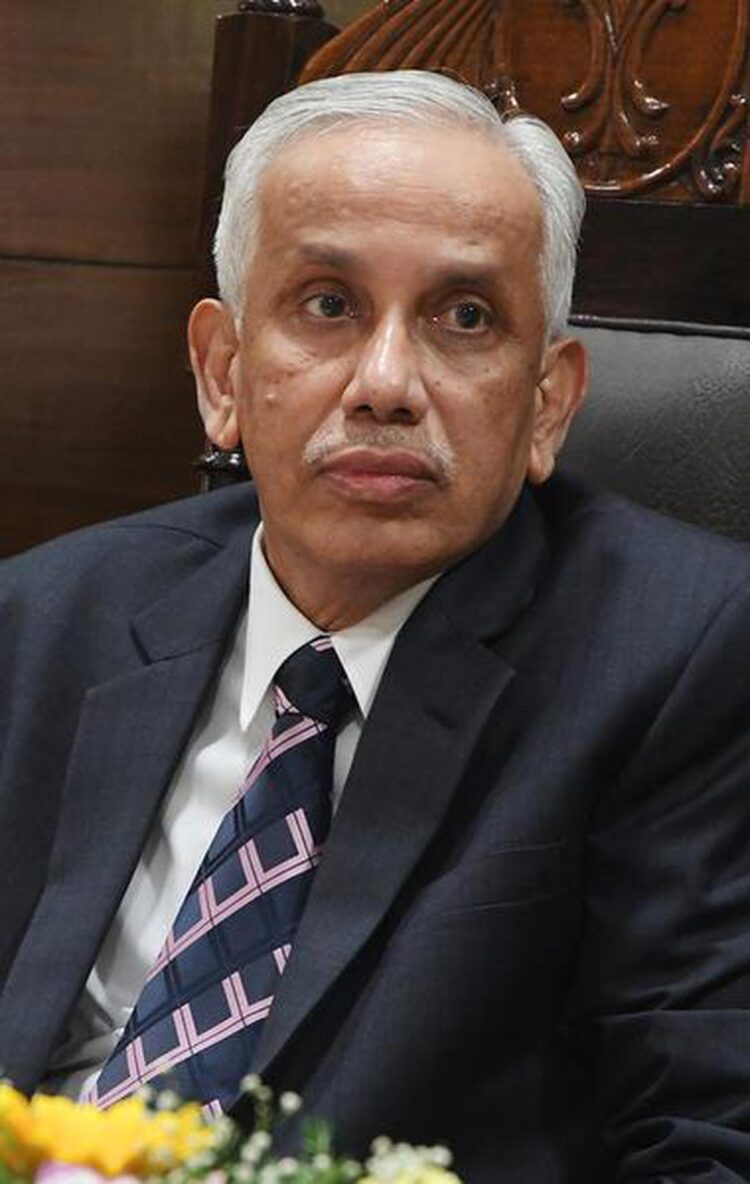By Bobby Chacko
The Supreme Court of India on Tuesday ruled in favour of free speech, banning the existing eight “reasonable” restrictions under Article 19(2) of the Constitution are “exhaustive”.
A bench of Justices S Abdul Nazeer,(pictured) BR Gavai, AS Bopanna, V Ramasubramanian and BV Nagarathna were unanimous on the issue that the right to free speech needed no additional restrictions.
The bench said “the grounds lined up in Article 19(2) for restricting the right to free speech are exhaustive” — an important determination that comes in the backdrop of concerns ranging from proliferation of social media and its alleged misuse and violation of citizen’s privacy and increasingly emotive rhetoric deployed by politicians in times of intense polarisation.
The new law was prompted by a flawed constitution which had in past times allowed restrictions to free speech on political, religious and emotional grounds.
Freedom of Speech is enjoyed in most parts of the Western world, but has been routinely curbed in India, despite a broad section of the population being highly educated.
Strong religious, cultural, and political sentiments in India has presented an unhealthy barrier to the right to free speech enjoyed in other parts of the world, mainly to protect people from taking too much offence to words. The Supreme Court today put an end to that.
“The role envisaged in the constitutional scheme for the court, is to be a gatekeeper (and a conscience keeper) to check strictly the entry of restrictions into the temple of fundamental rights. The role of the court is to protect fundamental rights limited by lawful restrictions and not to protect restrictions and make the rights residual privileges.”
While the Justice Ramasubramanian-authored verdict was signed by Justices Nazeer, Gavai and Bopanna, Justice Nagarathna wrote a separate judgment, agreeing on certain conclusions of the majority verdict and differing on others. While agreeing to reject fresh curbs on free speech, she said, “Article 19(1)(a) (right to free speech) serves as a vehicle through which dissent can be expressed. The right to dissent, disagree and adopt varying and individualistic points of view inheres in every citizen of this country.”
The new law is expected to override the amendment to the IPC which incliuded section 295A which reads, in part: “whoever, with deliberate and malicious intention of outraging the religious feelings of any class of citizens of India… insults or attempts to insult the religion or the religious beliefs of that class, shall be punished with imprisonment”.
The ruling is a landmark for India which will challenge the mentality of its staunchly religious, cultural and political inhabitants, and still tested in practise.
The court also stated that a statement made by a minister can’t be vicariously attributed to govt: Supreme Court.
A five-judge Constitution bench of the Supreme Court headed by Justice S A Nazeer said that no additional restrictions was permissible, adding that a statement made by a minister can’t be vicariously attributed to govt:
“In fact, the right to dissent is the essence of a vibrant democracy, for it is only when there is dissent that different ideas would emerge which may be of help or assist the government to improve or innovate upon its policies so that its governance would have a positive effect on the people of the country which would ultimately lead to stability, peace and development which are concomitants of good governance,” she said.
The Justice Ramasubramanian-authored judgment comprehensively dealt with the Article 19(2) restrictions in the original Constitution adopted on November 26, 1949, and the additions made through the first constitutional amendment in 1951.
It said, “The restrictions under Article 19(2) are comprehensive enough to cover all possible attacks on the individual, groups/classes of people, the society, the court, the country, and the State. This is why this Court repeatedly held that any restriction which does not fall within the four corners of Article 19(2) will be unconstitutional.”
Indian Penal Code Of 1960
India has for years permitted restrictions mostly found in the Indian Penal Code of 1860 and include laws proscribing: sedition (Section 124A), promoting enmity between different groups on grounds of religion, race, place of birth, or residence (Section 153A), and group defamation or hate speech (Section 295A).
Personal insults or speech directed at the state or social hierarchy have been historically subject to unjustified punishment.
An example is The Yājñavalkya Smṛti, a 3rd century CE Sanskrit text on law that was influential in classical and medieval India: ‘If someone insults people who lack a limb or a sense organ or are sick, whether truthfully or untruthfully, or with phony praise, he should be fined thirteen and a half paṇas [ancient currency]. When a man abuses someone, saying: ‘You are a mother-fucker or a sister-fucker!’ the king should make him pay a fine of twenty-five.
The new ruling will be further discussed and debated by legal scholars and journalists, with interest in the topic already expressed from writers and analysts in The Eye Of Media in The Uk and some of its contributors abroad who have already began to express various views during a zoom meeting shortly after the verdict/




